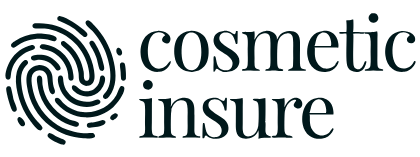The procedure performed with PRP technology is one of the most popular in modern aesthetic medicine and has established itself as an effective means of rejuvenation, treatment of alopecia, acne, hyperpigmentation, scars, stretch marks. Experience shows that the effectiveness of PRP therapy increases significantly when combined with other methods of aesthetic medicine. Recently, autologous platelet plasma has also been used to correct cellulite. In combination with mesotherapy, the PRP procedure provides excellent results and contributes to a more effective elimination of this cosmetic blemish.
What is cellulite?
Cellulite is one of the most common imperfections in women of childbearing age.
When fatty tissue accumulates excessively in the subcutaneous tissue and retains water, the so-called cellulite occurs. In fact, its formation mechanism is related to microcirculation dysfunction, that is, low blood flow in these areas, which tends to form a fibrous membrane that traps fatty tissue and water.
PRP treatment for cellulite
Since there are multiple causes of cellulite, PRP is used as a complementary treatment while providing the best possible results.
Once properly diagnosed, PRP is obtained by drawing your own blood with special PRP tubes and processing it to extract a high concentration of growth factors (these are important for treating the cellulite areas).
The process of reinjecting your own blood plasma into the skin is based on the process of biostimulation, which is the activation of the skin’s biological functions with the aim of smoothing its texture, resulting in aesthetic improvement.
PRP has the ability to produce growth factors that signal collagen molecules to revitalise the skin area, making it smoother, firmer and tighter. When treating cellulite areas of the skin, PRP therapy helps to smooth out the hollows in the skin and also contributes to firmness.




